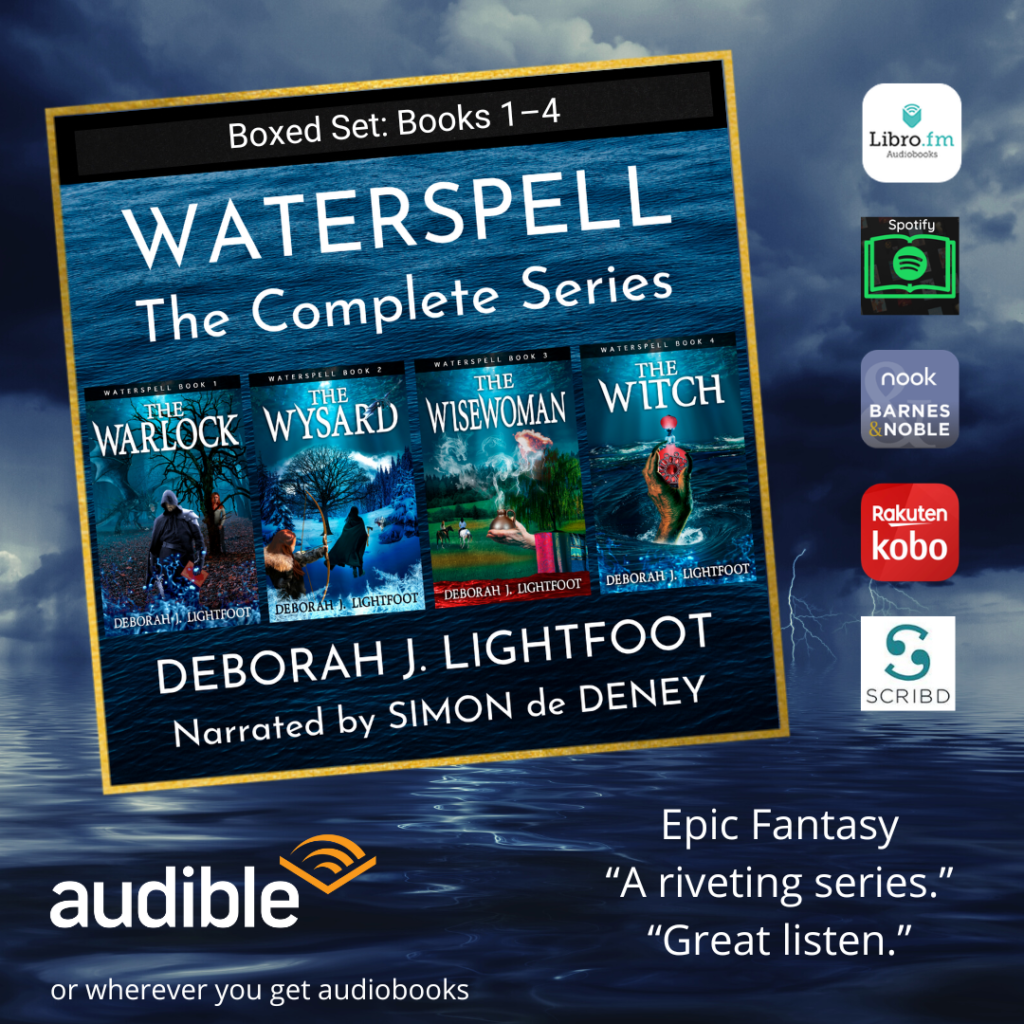
Continuing through my collection of Great Courses—sets of DVDs that I rediscovered in my bookshelves after forgetting I owned them—I turn today to Professor Marc Zender’s “Writing and Civilization: From Ancient Worlds to Modernity.”
The course’s overview of writing systems from Sumerian cuneiform and Egyptian hieroglyphs to Mayan and Aztec glyphs is fascinating, as is the discussion of the origins of the Roman alphabet. (Flip a capital A upside down and you’ll see an animal’s head with horns. The name of the letter alpha derives from the Hebrew aleph, meaning “ox.” The shape of the letter derives from an earlier symbol resembling the head of an ox. B started as a picture sign for a house in Egyptian hieroglyphs. In Semitic languages the sign was called beth, meaning “house,” but the Greeks changed the name from beth to beta. And so on through the letter Z, adopted from the Etruscans, who got it from the Phoenicians.)
While it’s all been interesting, the lecture nearest to my heart, as a writer and reader of fantasy, deals with so-called featural scripts, including the invented, fictional alphabets designed for works of fantasy and science fiction. The inventions of J.R.R. Tolkien are standouts in this category.
Professor Zender devotes a satisfying amount of time to Tolkien’s writing systems, pointing out that Tolkien was a professional linguist and a specialist in the history of Germanic languages and scripts, both alphabetic and runic. Quoting from the course guidebook:
“In The Hobbit, first published in 1937, Tolkien used Anglo-Saxon runes as a kind of code for Modern English. Tolkien also invented several writing systems of his own, including the cursive script known as Tengwar or Tîw (meaning ‘letters’) and the angular characters designed for cutting into wood, stone, or metal known as Certar or Cirth (meaning ‘runes’). … He even gave his fictional scripts a fictional inventor, Rúmil. … Tolkien provides charts and full descriptions of his writing systems in appendix E of The Lord of the Rings.”
I confess that, until now, I had barely glanced at Appendix E. After completing this series of lectures, however, I got out my much-loved, much-read 1975 Ballantine Books boxed set of LOTR and took a closer look. The knowledge I gained from Professor Zender about the development of “real” writing systems deepened my appreciation for Tolkien’s achievement in creating his fictional scripts and giving them such deeply thought-out histories.
I’ve not gone so far as to invent an alphabet, but I have imagined several specific words in my fictional language of Ladrehdin. My audiobook narrator is having a field day with them.
Now … Anyone up for learning Quenya? Or Sindarin?














